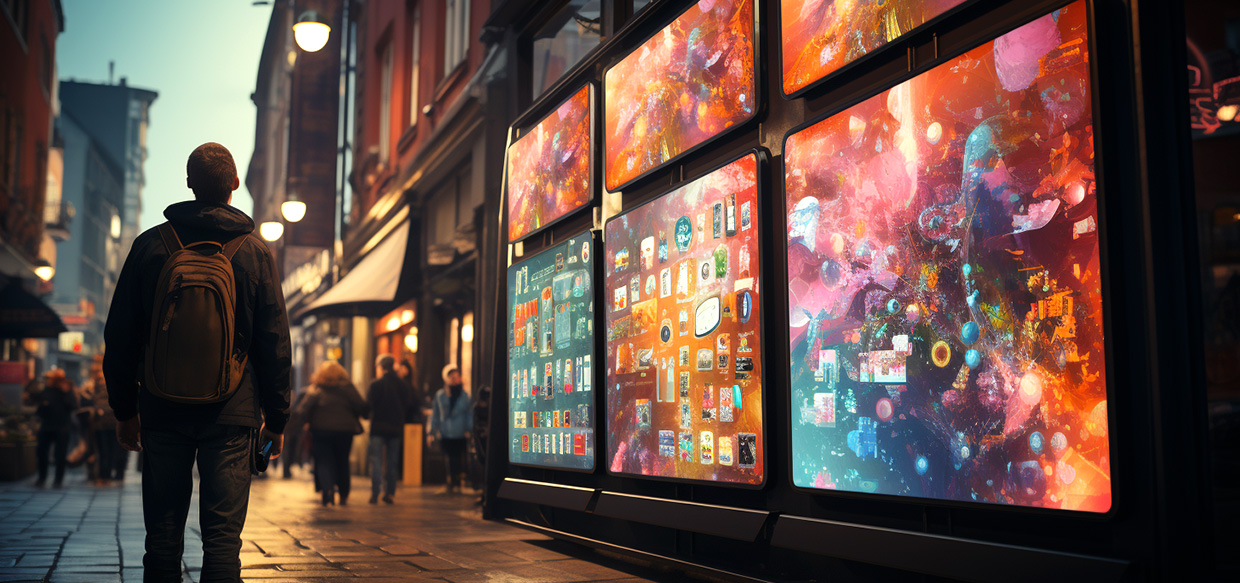The 50 most commonly used marketing tools and tactics:
1. Website: A great website is the primary online platform for presenting a company’s information, products, or services and interacting with visitors.
2. Sociale media platforms: Websites and apps that allow businesses to promote their brand, share content share content, and engage with their target audience.
3. Content marketing: Creating and distributing valuable content, such as blogs, articles, and videos, to generate interest and inform potential customers.
4. Email marketing: Sending targeted emails to subscribers to keep them informed about news, offers, and updates.
5. Search engine marketing (SEM): Displaying paid advertisements, such as Google Ads, Google Ads, in search engines to increase visibility and traffic.
4. Search engine optimization (SEO): Optimizing the website to improve organic traffic from search engines.
6. Pay-per-click (PPC) advertising: Advertisements where advertisers pay when users click on the ads.
7. Affiliate marketing programs: Partnerships with other websites or individuals to earn commissions for referrals or sales.
9. Display advertising: Graphic ads displayed on websites to attract attention.
10. Remarketing: Retargeting visitors who have previously visited the website with relevant ads.



